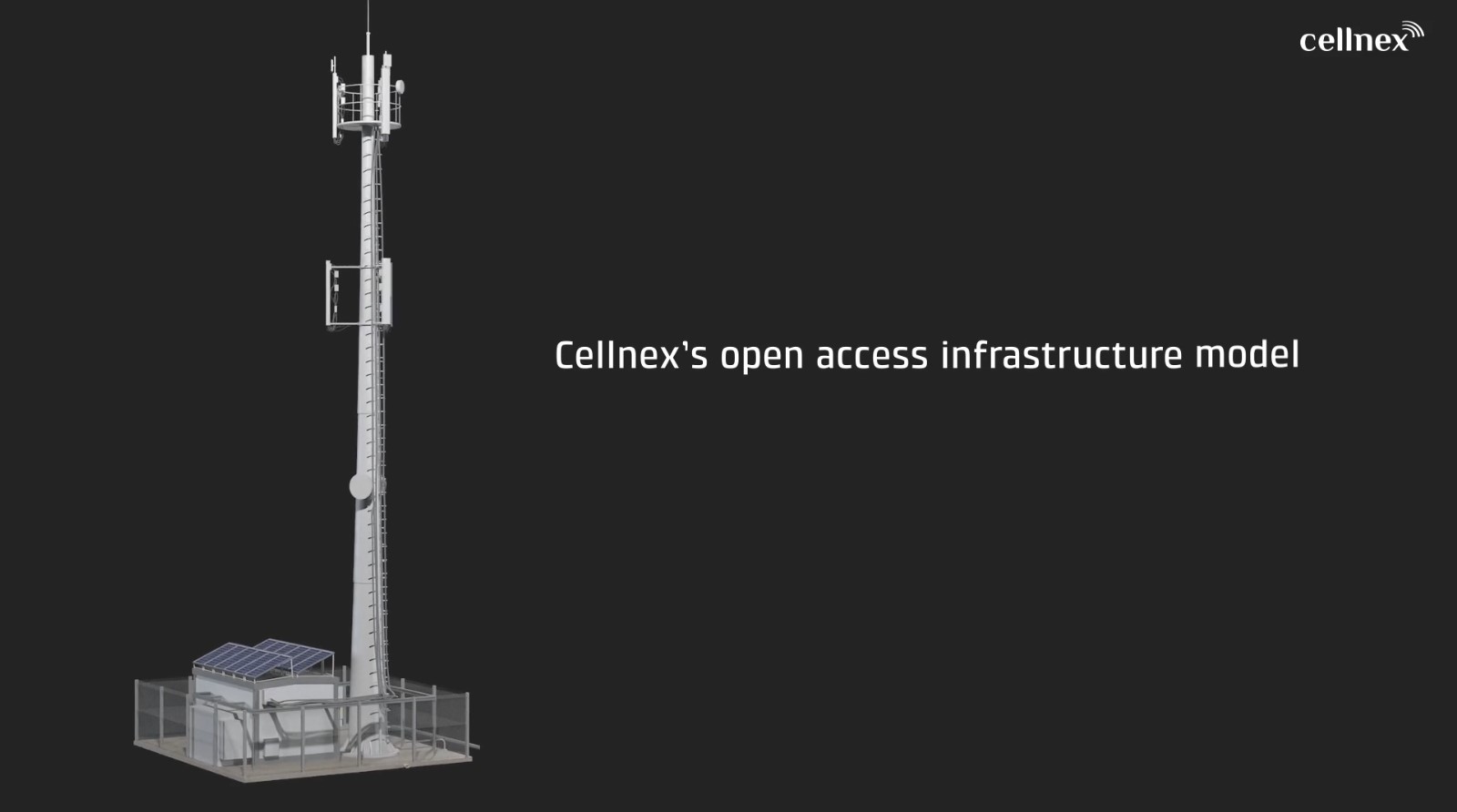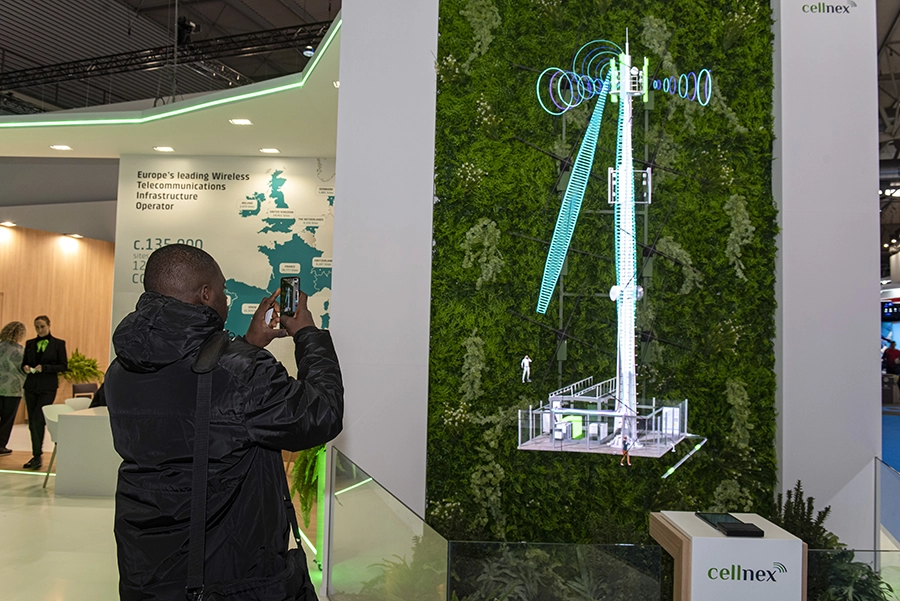Trends
Trends
MAY
16
2023
TIS
Infrastructure sharing as a sustainable growth model in telecommunications
The telecommunications sector has become a core element of economic and social development. From the revolution that is automating processes in industry 4.0 to the drive to boost rural areas by reducing the digital divide, the telecommunications sector faces an enormous challenge in the years ahead.
The sector must be robust and resilient to ensure a digital transformation that the European authorities view as key to economic recovery and well-being. However, constant growth in data use and the roll-out of existing and future technologies, against a backdrop of dizzying innovation, require investment on an enormous scale. Infrastructure sharing, guaranteed by a neutral, independent operator, can help meet the challenge.
Over the last decade, many telecom companies freed up cash and operating and maintenance costs by transferring ownership of their passive infrastructures to specialist managers to be able to engage in new investments for the benefit of their customers.
Cellnex, which was present in the market with a neutral operator model, is presently Europe’s leading player in the management of passive telecommunications infrastructures with 135,000 sites. Now it wants to harness its experience and close the loop by managing assets adjacent to these towers for its customers, the mobile operators (MNOs).
At the latest Mobile World Congress in Barcelona, Cellnex had one of the stands that attracted the most attention from visitors, featuring a 3D holographic presentation of a telecommunications tower with the various shared elements and the active equipment and antennas belonging to each company, which are continually updated in line with developing technologies (such as 5G).
The hologram allowed visitors to enter the tower virtually and showcased the potential of sharing all these elements through Cellnex itself and the company’s commitment to an ‘Augmented Towerco‘ model ensuring competition, sustainability and lower investment.
Cellnex has developed its towers, the core component of its model, with optimal integration of sites in the environment and modular systems that facilitate access and improvements in maintenance or materials. Its solutions are easily scalable and ready to adapt to new technologies and the capacity required by the various operators with solutions that can be shared with the guarantees provided by a neutral manager.
‘The investment needs and the pressure on margins for telecoms companies are still there. There is a clear opportunity in the development, rolling out, operation and maintenance of infrastructure and assets adjacent to the towers which can be pooled based on a neutral host model that contributes to cost savings, improved efficiency and greater sustainability’, explains Cellnex’s Technology Director Mirko Masi in an interview with Trends. ‘To help our customers in their new network roll-outs, Cellnex is developing its traditional model towards an even more sustainable shared asset model that also allows radio equipment (known as active equipment), traditionally managed by mobile operators, to be shared, reducing roll-out, energy and environmental costs’, he explains.
Cellnex has been operating along the value chain for some time now to offer a comprehensive service to customers. Its towers are being equipped with fibre and small data centres to turn them into data processing centres at the edge of the network to improve service performances.
‘Fibre allows us to ensure our clients have the necessary capacity to meet a demand for data that is growing at a very high rate in every market,’ explains Mirko.
Rolling out these networks is expensive and requires minimum returns that are more attainable if all the equipment can be shared. One of the reasons for the rural digital divide that Europe wants to address is specifically the delicate balance between cost and benefit for a single operator, which can be avoided with equipment sharing.
‘The role of neutral hosts in the management of active equipment may become commonplace. We are talking to several of our customers and looking at various opportunities in Europe based on a number of scenarios. Models can be rolled out nationally, but also at regional level or in a specific area of the country’, says Mirko.
There is ample evidence of the benefits of pooling using a neutral operator with passive elements. A recent report from Ernst & Young states that Towercos make it easier and cheaper to develop new networks and it estimates that €31 billion could be saved in a roll-out between 2019 and 2029, making it 40 % more efficient, if implemented by a neutral player.
The emergence and establishment of companies like Cellnex has allowed traditional telecommunications operators to release €3.5 billion of investments for other purposes.
However, the rational and sustainable nature of the model is also underpinned by much-needed environmental efficiency. It is estimated that the duplication avoided by independent managers in the construction of new sites will prevent the emission of almost 4 million tons of CO2 in the development of towers required up to 2030.



















